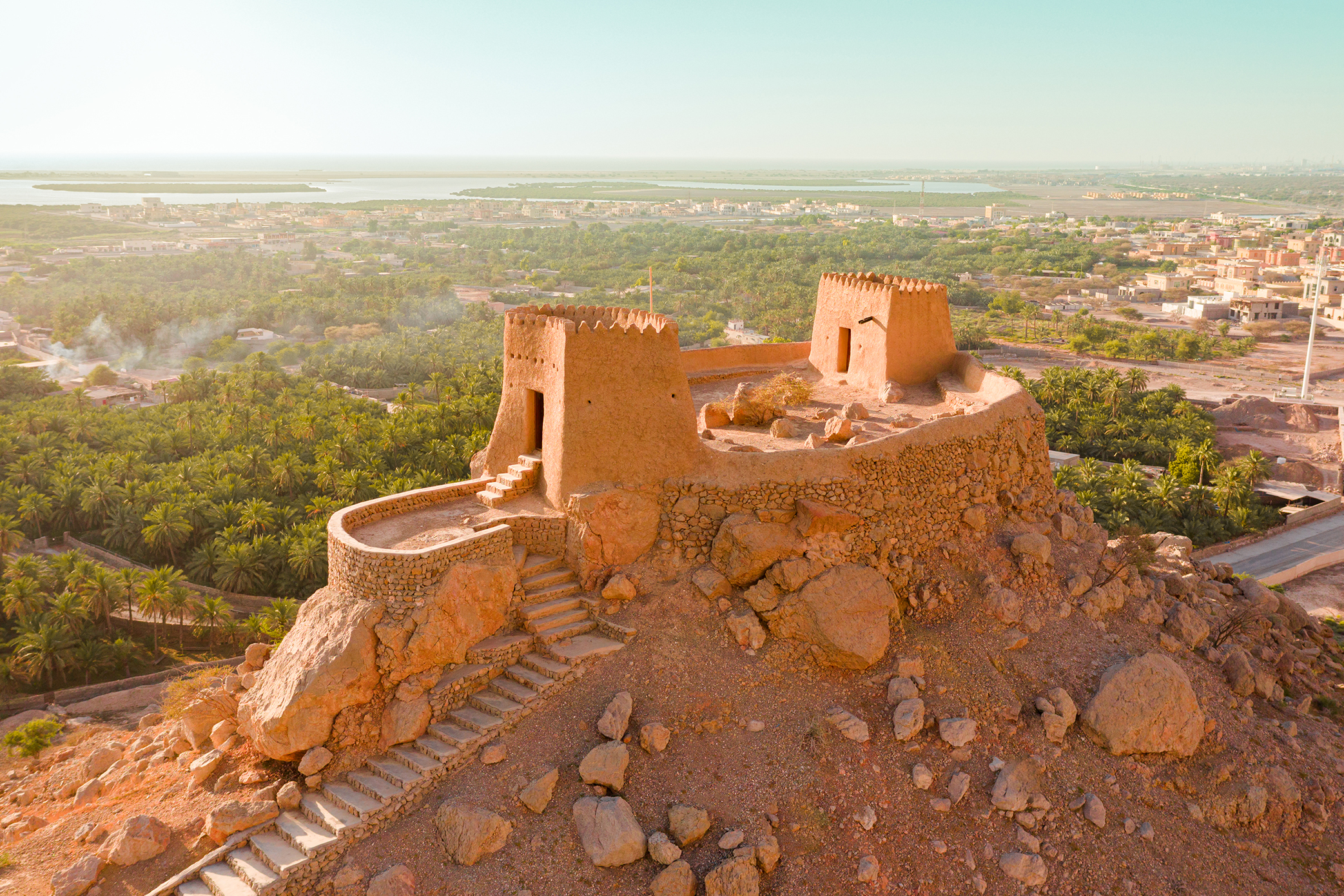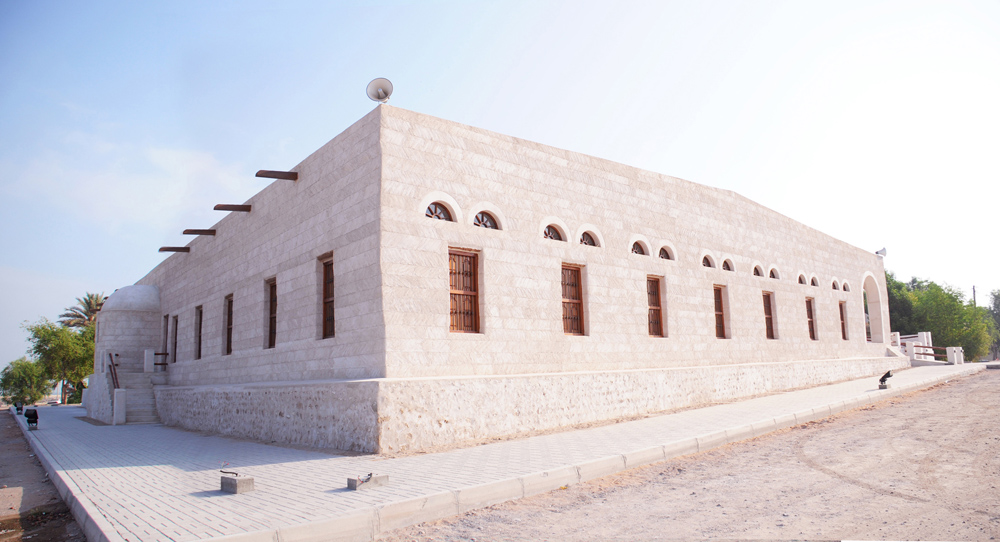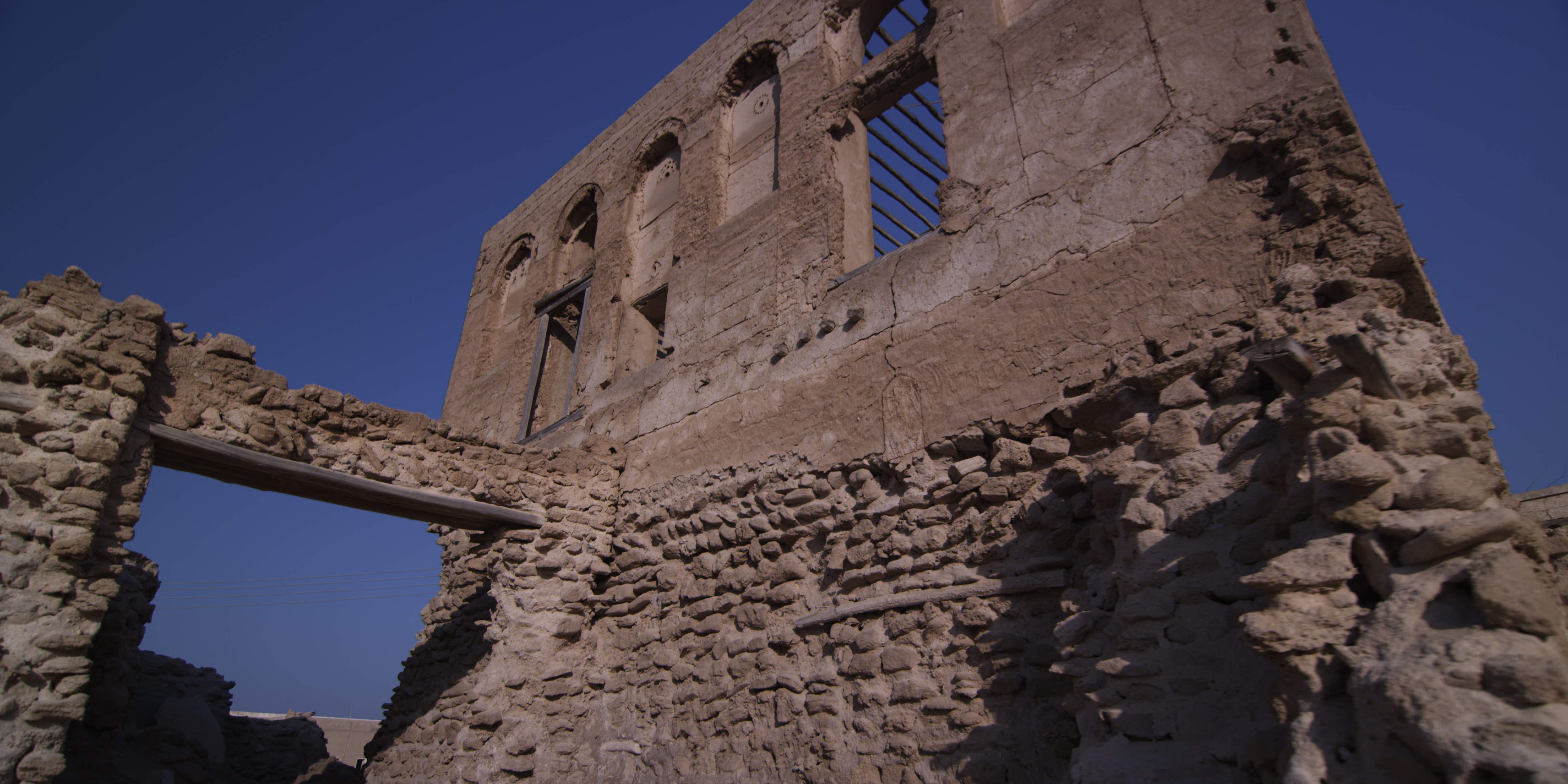Archaeological excavations reveal that trading civilisations have existed in the region since 5,000 BC. This makes Ras Al Khaimah one of the few places in the world that has been continuously settled for over 7,000 years.
Known through the ages as Julfar, Majan or Al Seer, Ras Al Khaimah has served as one of the most important trade centres in the region. Records show that inhabitants traveled as far afield as China and Zanzibar as early as the 10th century.

18 historic fortifications, castles and towers bear testament to a turbulent history that saw Ras Al Khaimah occupied or challenged by the Sasanians, Islamic clans of the Arabian Gulf, the Portuguese, Dutch and British Forces.
With a backdrop of steep mountains, the bay of Dhayah has always been a very fertile area and has settlements since the third millennium BC. Dhayah fort was built during the 19th century on the foundations of much older structures, it is the only hilltop fort still existing in the UAE. The site offers a fantastic view of the surrounding lush palm gardens, the sea, and the dramatic mountains.
Mohammad Bin Salem Mosque excavations revealed the presence of an earlier mosque, dating back to the 18th century. It was destroyed during the British occupation in 1819-20, and a new mosque was built on its foundations.
Historical records also indicate a mosque was at this site as early as the 16th century, but archaeological evidence could not be found.

Al Jazirah Al Hamra is the last traditional town still standing in the UAE, and one of the best places to see authentic coral-stone architecture. Once an island, its inhabitants subsisted on maritime and pearl trading before abandoning their houses in the mid-20th century during the rush to modernisation.
Comprising all the elements of a traditional town, Al Jazirah Al Hamra includes a defensive fortress, a small market, mosques and homes. These range from simple buildings to ornate houses with courtyards, which belonged to rich pearl merchants.
